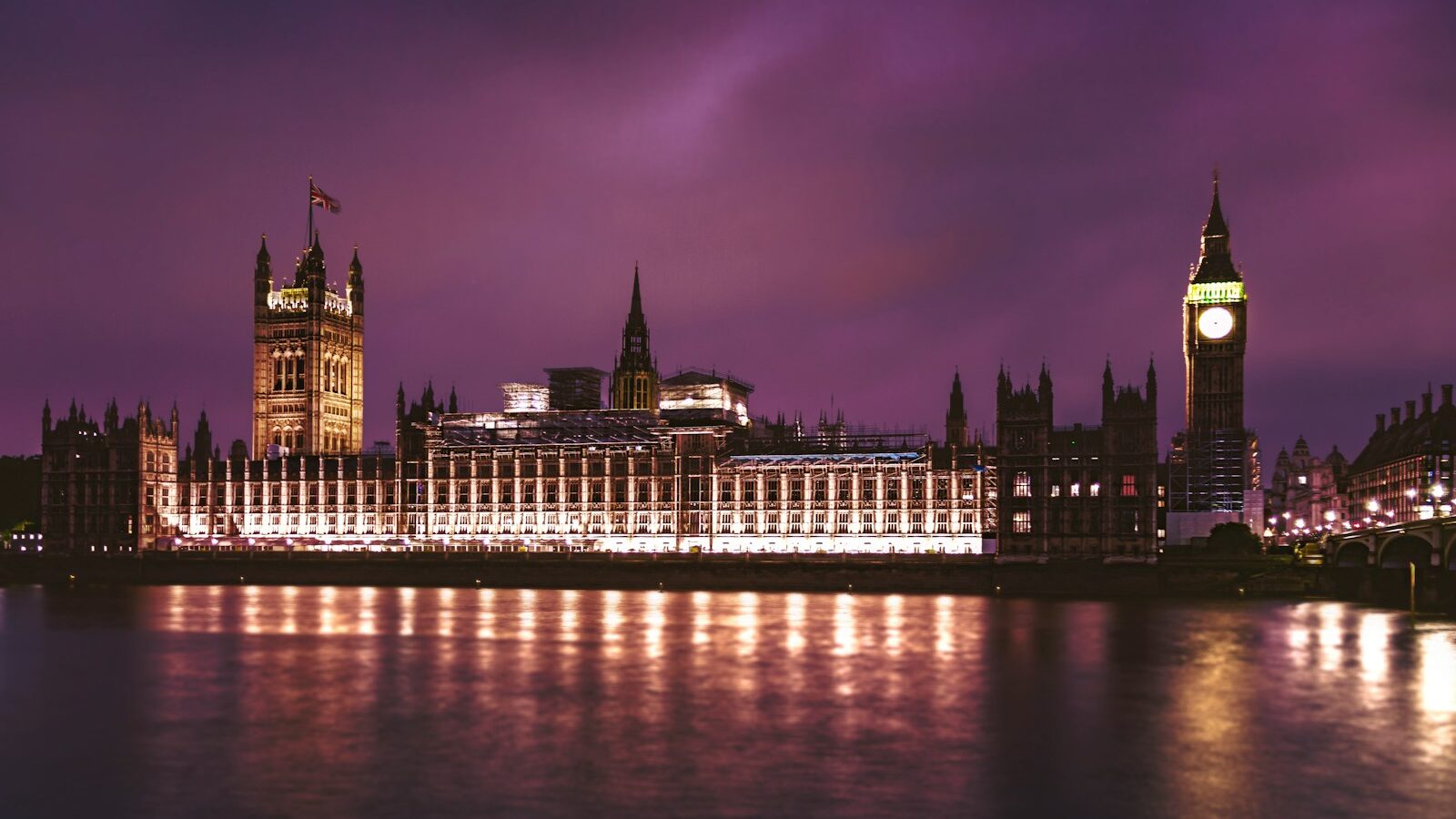
Compared to a one-page CV and a cover letter, the sheer amount of information social media sites offer on candidates could overwhelm any hiring manager. But it’s important to remind yourself not to get lost down that rabbit hole: a lot of what you find about a candidate won’t be relevant.
Clues found in photos, status and interests appear to build a bigger picture of an individual, but they often have little to do with how the candidate will act in a work environment.
The decision to screen candidates by their social media accounts might seem like a ‘recruitment hack’ or just due diligence, but hiring managers need to be aware that they’re approaching social media with their own biases.
While Facebook seems like a great tool to assess the culture fit of a candidate the stringent vetting of candidates could filter out a much-needed diversity of skills and personalities.
Other than culture fit, companies check candidates’ social profiles to ensure that their personal views could dip them in hot water or just make them look silly. That’s especially relevant if you work for the government or public sector, or if you’re about to hire Ed Balls. You don’t want to limit your organisation’s access to talent because of a couple of split-second decisions about a candidate’s interests put you off.
Of the main social media sites, Facebook and Instagram are probably the least relevant to an employer. Although they claim to say a lot about a candidate, not much of what they post to the site has anything to do with their professional persona. A good old-fashioned CV, cover letter, and whatever else the job ad requires the candidate to submit will often do a far better job.
If you are going look at a candidate’s Facebook profile, it would be more useful as a means to establish common interests.
Although Facebook has developed communications tools for businesses, such as Facebook Workplace, the company’s main services are overwhelmingly used for informal chat between friends. Employers should acknowledge they are trespassing on a candidate’s cyber-turf by viewing their Facebook profile. They don’t really belong there, so shouldn’t expect to be catered for.
Just remember – photos from drunken nights out and bad haircuts from late puberty all follow the rules of the game.
On the other side of the coin, LinkedIn and Twitter are regularly used for industry-focused discussions, so are probably worth checking up on.
But rather decide whether a candidate’s a good fit by obsessing over what they post on any social site, focus on how they come across in a professional overview. Trust and competence should be established through a two-way process.
If there’s any remaining doubt about how a candidate presents themselves online, draw up a clause on appropriate social media use in their contract.
And don’t forget that candidates will be looking you up, too.




